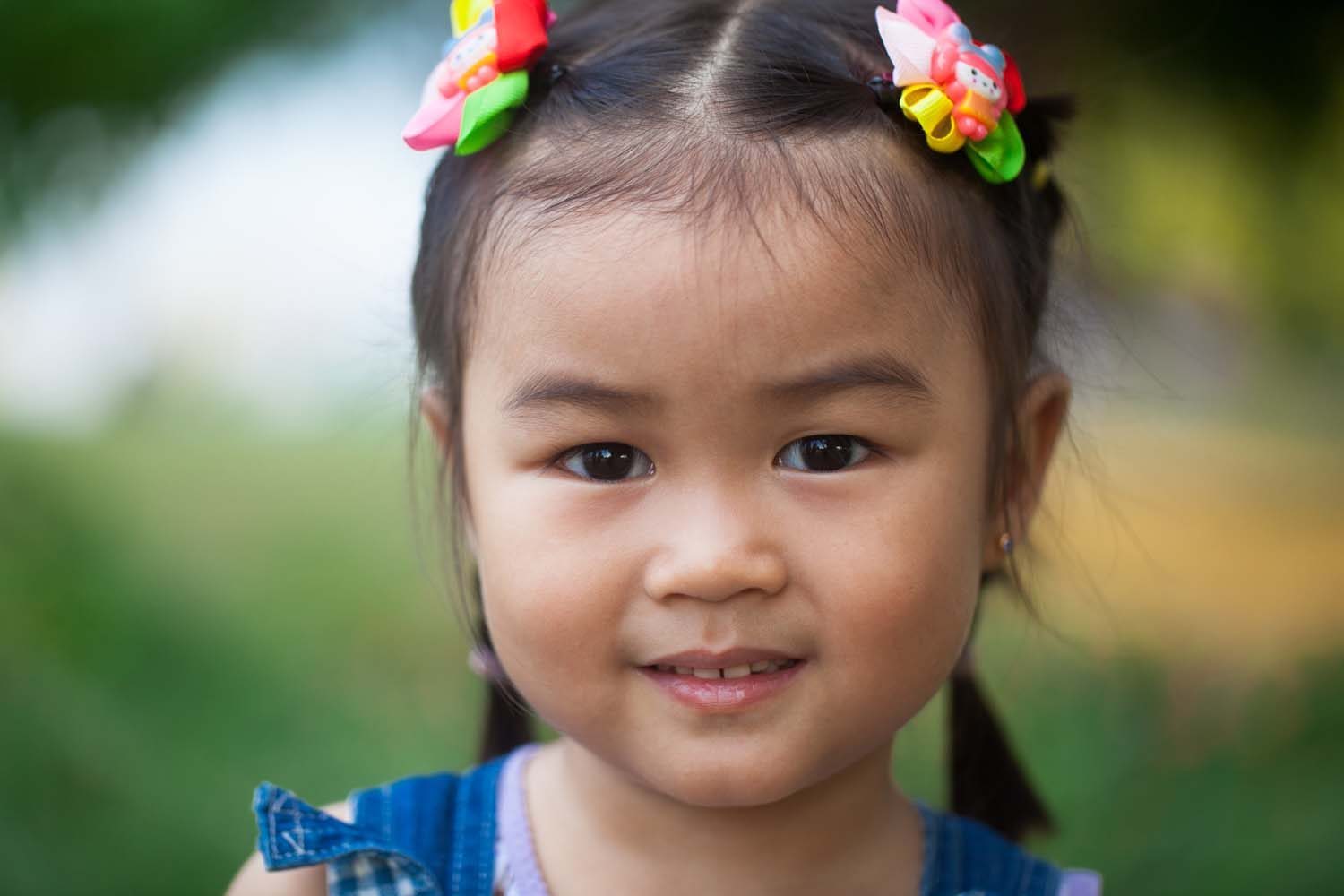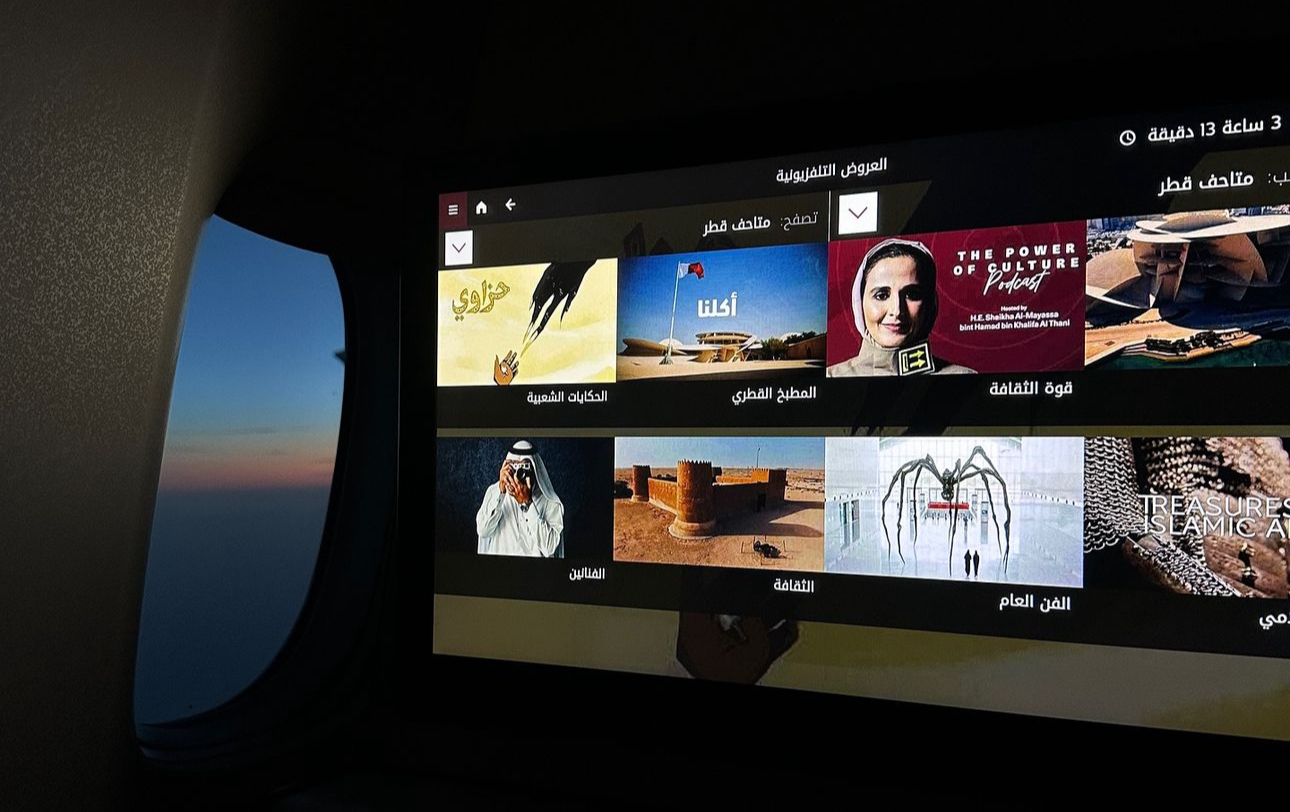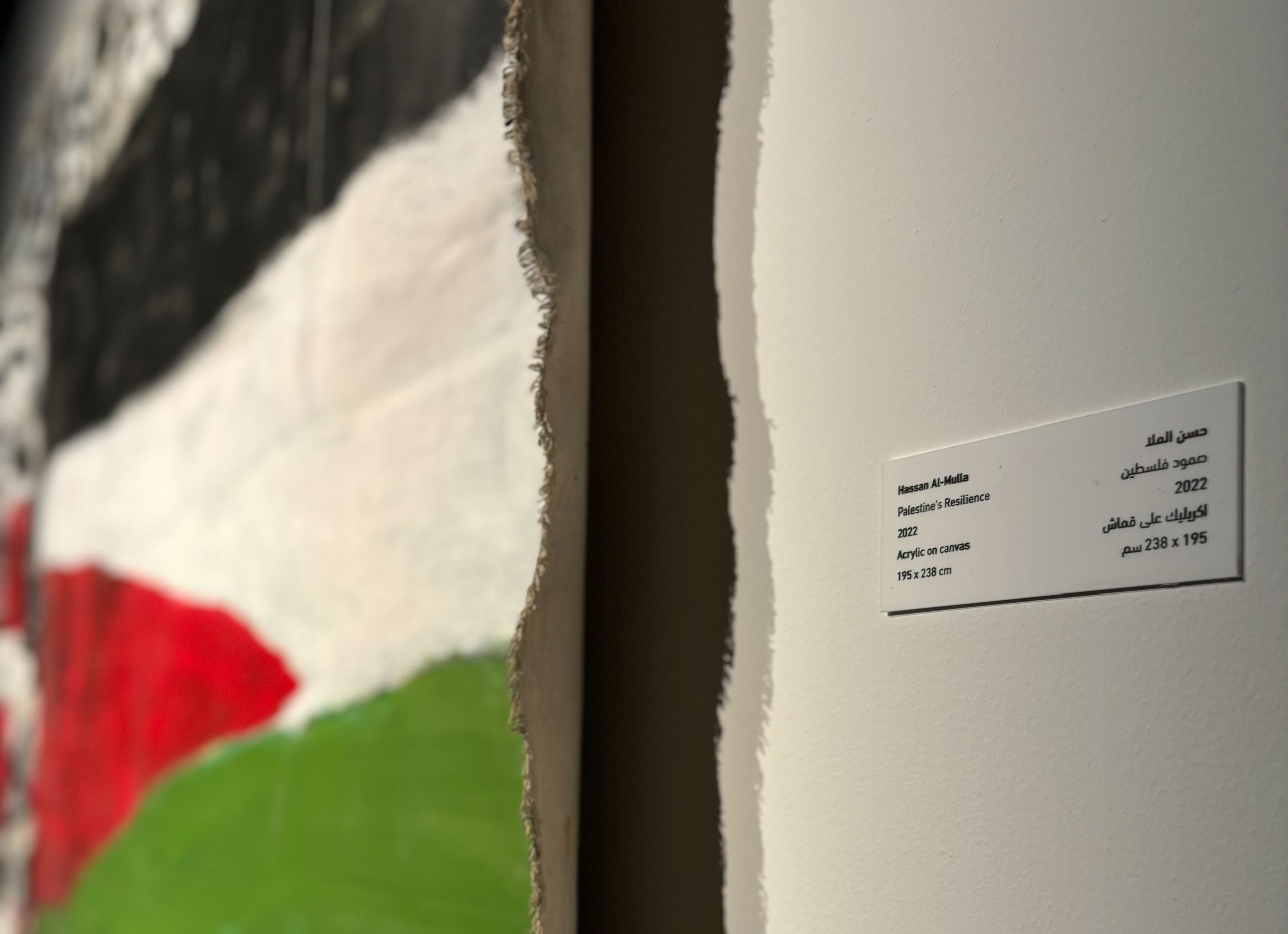
When Mohammed Ismail moved to Qatar five years ago, he couldn’t help but feel some culture shock.
The 29-year-old British-Libyan expat used to live in London, a cosmopolitan city with a vibrant mix of cultures. But here, he said, “everybody tends to remain within their own circles.”
Arabs would socialize with Arabs, as would the Europeans, and many other nationalities in Qatar, he noticed.
To help break down these cultural divisions, Ismail has been photographing the people of Qatar and documenting their stories to show everyone they’re more alike than they think.
This week, Ismail released his first trailer for Faces of Qatar, for which he has composed 116 photo profiles over the past two years.
Speaking to Doha News, he explained:
“Because Doha is a cosmopolitan city, I am of the opinion that it is better to be a fruit salad than a melting pot of indistinguishable cultures.
It is better that everyone comes with their own cultural identity and use that to contribute to Qatar’s identity, because no matter where you’re from, you are a face of Qatar.”
Finding the faces of Qatar
So far, Ismail has profiled Qatar residents from 67 nationalities – but it hasn’t been easy.
People highly value their privacy in Qatar, and convincing individuals to talk about themselves and get their photos taken has been a challenging endeavor, Ismail said.

Even after getting individuals onboard, he would get requests from passersby to delete photographs because they happened to be in the background.
This has made him more careful about how he went about completing his project, he added.
Ismail said he also wasn’t expecting it to be so hard to photograph members of some of Qatar’s larger communities, such as Indians, Nepalis and Filipinos.
These groups tended to be more wary of an outsider, so Ismail relied on social media and word-of-mouth requests to get people to speak to him.
Thirst for adventure
For his profiles, Ismail usually asks people how long they’ve been in Qatar, their reason for moving here, their passions and why they wish to be part of the Faces of Qatar project.
Many respondents, whether they hailed from China, Scotland, India, South Africa or elsewhere, said they came here not only for work, but also in search of adventure.
Ismail also asks what life lessons people have learned in Qatar.

Kelly Wright, an American from Florida, summed up the experiences of many:
“Always be open-minded and never judge someone by their appearance. I have met so many wonderful people and everyone has a story to tell. It doesn’t matter what country you come from, what food you eat, or what religion you have; everyone just wants to be happy and to share that happiness with their family.”
Cultural barriers
Through his many interviews, Ismail said he learned that some people don’t socialize outside their circles because they are worried about offending others.
“People were afraid of possibly over-crossing boundaries, unintentionally so… (this is why) people just refrained from interacting,” he said.
However, on the other end of the spectrum, Ismail said he noticed that Qataris, who comprise less than 10 percent of the population, stay within their own community to prevent a further loss of their culture.

Still, as the younger generation of Qataris travels abroad and comes back with newer perspectives, Ismail hopes this will change.
In her Faces of Qatar interview with Ismail, Qatari Noor Gharib said:
“Qatar’s identity is not perfect. We have many things wrong in our culture, so why don’t we look to other cultures and learn from them? Why are people afraid to mix with other cultures?
I’m not saying we forget our Qatar identity. We should preserve it, but take what’s good from the other cultures and the things we do not like, we leave. Accepting others and their different ways of life, will, in the end, make us better people.”
End game
Ismail doesn’t want to continue this project indefinitely.

He is currently debating whether to try to photograph all nationalities here, or to end Faces of Qatar after profiling a set number of people from different backgrounds.
“I’ve decided to give the project to the end of the year,” he said, adding:
“I think a 100 (nationalities) is a nice number, but I want to be more scientific. I don’t want the project to linger on for too long, otherwise it will lose its momentum.”
Once he’s done photographing, Ismail said he hopes to publish it as a coffee table book that allows people to read each other’s stories.
These are the nationalities he’s covered so far by region:
- Africa: Cameroon, Egypt, Ghana, Kenya, Libya, Morocco, Nigeria, South Africa, North Sudan, South Sudan.
- Asia: China, India, Indonesia, Iran, Iraq, Jordan, Lebanon, Malaysia, Pakistan, Palestine, Philippines, Qatar, Saudi Arabia, Singapore, Sri Lanka, Syria, Turkey, Vietnam, Yemen.
- Europe: Austria, Belgium, Bosnia & Herzegovina, Czech Republic, Denmark, Faroe Islands, France, Germany, Greece, Hungary, Iceland, Ireland, Italy, Macedonia, Moldova, Montenegro, Netherlands, Poland, Portugal, Romania, Russia, Serbia, Spain, Switzerland, Turkey, Ukraine, United Kingdom.
- North America: Canada, Mexico, Trinidad and Tobago, USA.
- Oceania: Australia.
- South America: Argentina, Brazil, Colombia, Ecuador, Paraguay, Peru.
He added that anyone interested in being profiled whose country isn’t mentioned is welcome to get in touch via Facebook or his website.
Thoughts?







